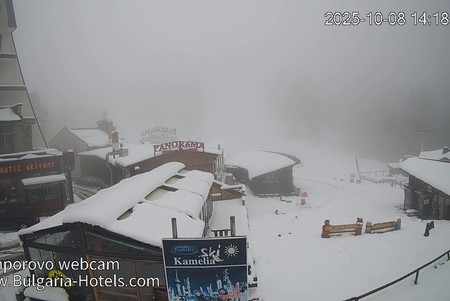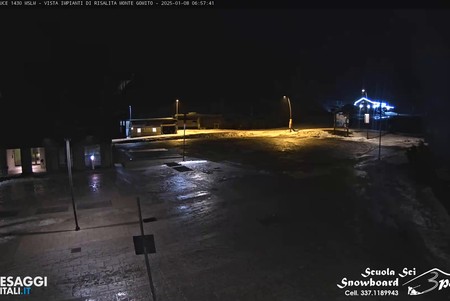







Webcam Location
Hawaii: Kilauea Volcano
Kīlauea Volcano, located on Hawaii's Big Island, is one of the most active volcanoes in the world. It rises about 1,247 meters (4,091 feet) above sea level and forms part of Hawaii Volcanoes National Park. Kīlauea has been erupting frequently for centuries, with major eruptions shaping the island's landscape and creating new land along the coast. Its most famous eruption period began in 1983 and lasted until 2018, continuously producing lava flows from the Puʻu ʻŌʻō vent. The volcano is a shield type, meaning it has broad, gently sloping sides built by fluid lava flows. Today, Kīlauea remains closely monitored by scientists, as its ongoing activity provides valuable insight into volcanic behavior and the dynamic nature of Earth's geology.
Several live webcams provide real-time views of the fascinating Kīlauea Volcano and its active Halemaʻumaʻu crater. The cam, set on the northwest rim of the caldera, is an autofocusing pan-tilt-zoom camera that captures close-up views of eruptions, with its angle and zoom adjusted by USGS scientists depending on volcanic activity. From the southern rim, the V3cam also offers a dynamic perspective of the crater, showing glowing lava and volcanic gases as conditions change. On the eastern rim, the cam provides another angle, giving viewers a fuller picture of the volcano's interior and eruption patterns.
